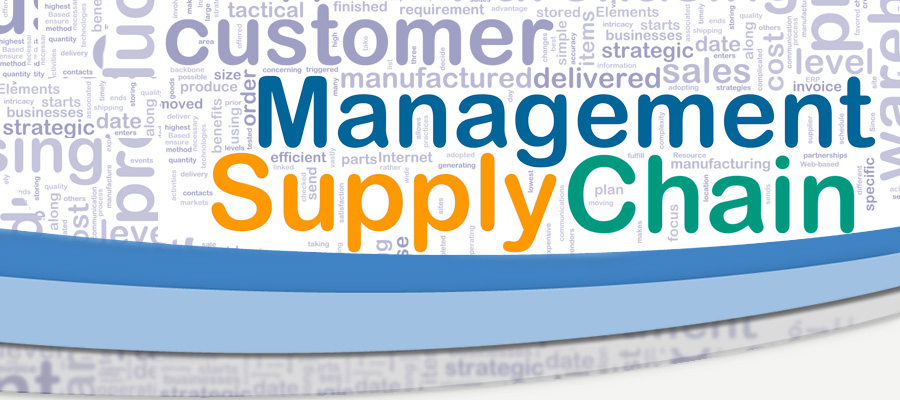
- It’s Time to Go Beyond Supplier Management, But Where is That?
Organizations these days need more than traditional historically focussed spend analytics that tell them, weeks or months after, what was spent, on what, from whom, by whom, from where, to where, and in what quantity. You need to know what is being spent, by whom, on what in real time … and where the dollars are trending towards. Is a new supplier taking all of the spot buy spend, or even worse, spend that is supposed to be on another contract? Are product and services tastes changing? Are market costs changing? The application has to not only be able to keep up, but identify the most pertinent trends and options for dealing with them … it has to have advanced predictive analytics that, at the very least, identifies the most relevant changes (and ranks them by value or statistics or outlier distance from the expected norm), if not offering prescriptive analytics on how to take advantage of changes, minimize losses, or control them in (historically) well understood situations.
- IT and Functional Departments – Finding the Middle Ground
Procurement also brings market information (suppliers, price points, service levels) that IT may not be as focused on, but that could be critical to the overall solution. IT groups can at times limit themselves to certain suppliers for system or software solutions, but there may be alternate suppliers that easily integrate, or provide enough value to justify the effort required for working with disparate suppliers or systems. Procurement can bring that perspective forward and champion the needs of the business to balance the costs associated with IT change.
- How Levi’s is radically redefining sustainability
Levi’s has always been a leader in sustainability. In 1991, it established “terms of engagement” that laid out the brand’s global code of conduct throughout its supply chain. This meant setting standards for worker’s rights, a healthy work environment, and an ethical engagement with the planet. “It wasn’t an easy thing to do,” Dillinger says. “At the time, we were worried that doing this would drive up our own costs and prices.” In fact, what happened was that these practices were quickly adopted by other companies, who used it as a template to write their own rules. “We were actually leading industry toward new standards,” he says.
https://www.fastcompany.com/3067895/moving-the-needle/levis-is-radically-redefining-sustainability
- Don’t Be the Kobe Bryant of Your Office
It doesn’t matter how productive you are if no one enjoys working with you. Steve Nash, a former NBA player that the researchers found to be particularly valuable at making his teams better, was famous for constantly high-fiving his teammates. There’s never been a direct measure of a “high-five to productivity ratio,” but doling out praise and encouragement seems to be indicative of creating a high-quality team culture, which in turn increases performance.
http://www.thesimpledollar.com/dont-be-the-kobe-bryant-of-your-office/
Photo: Oliver Cole



